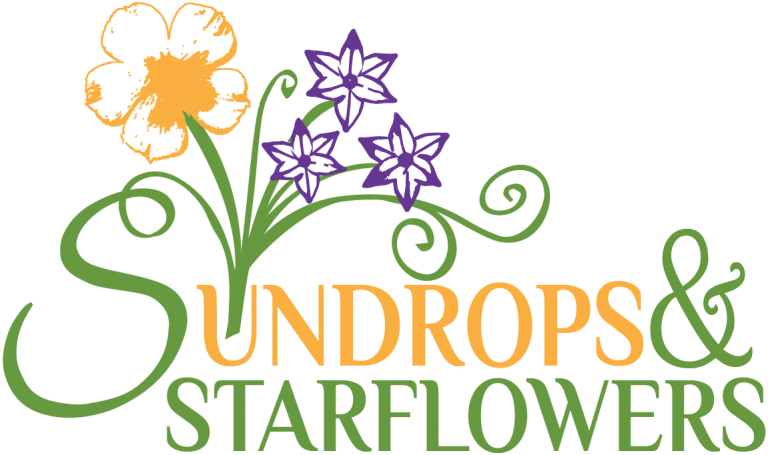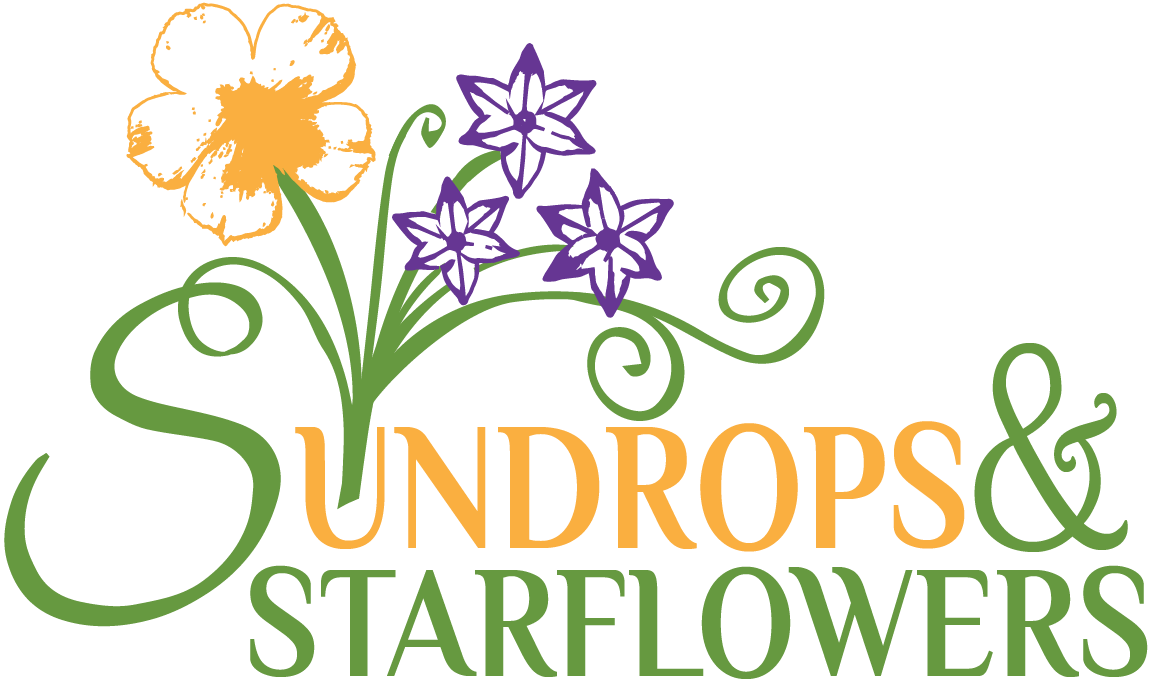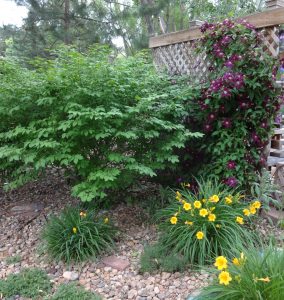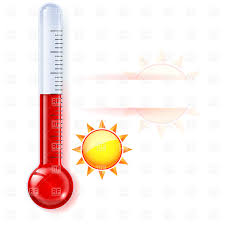Annual plants in container gardens are “heavy feeders.” They’ll need fertilizer now (mid-July). Landscape plants, on the other hand, should not be fertilized unless you’re sure they need it. Over fertilizing in the landscape can pollute the ground water – even if what you’re using is organic. Don’t fertilize landscape plants unless they look stressed or you’ve done a soil test.
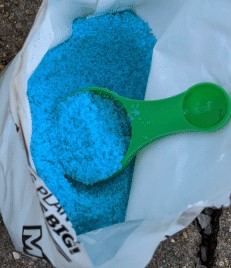
Water soluble fertilizers are easily accessible to plant roots. Follow the directions on the label carefully as too much fertilizer can burn your plants. Be sure to mix well if you’re using a watering can.
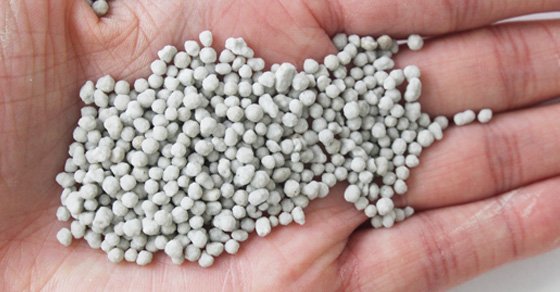
Granules are easily applied by sprinkling them over the soil. Various formulations are available for turf grass, perennial flowers and potted plants. Granules (and sticks) have a slow-release coating on them so they last a little longer than water soluble powder.
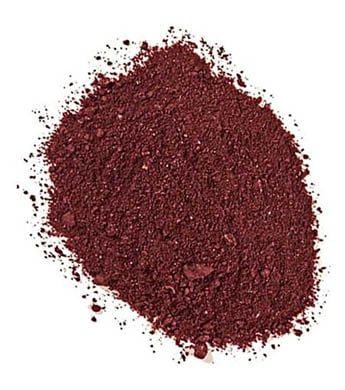
Blood meal and bone meal are both byproducts of the animal meat processing, usually beef or pork. Blood meal is high in nitrogen; whereas, bone meal is high in phosphorus. Both options are organic and safe gardening practices.
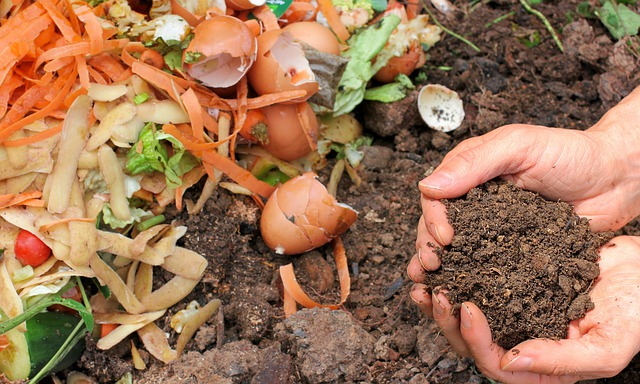
Compost scratched into the soil in the spring is an excellent fertilizer treatment for shrubs and perennials. This organic alternative also helps to improve the soil structure. I recommend top-dressing the soil with compost even without a soil test each spring.
Image by melGreenFR from Pixabay
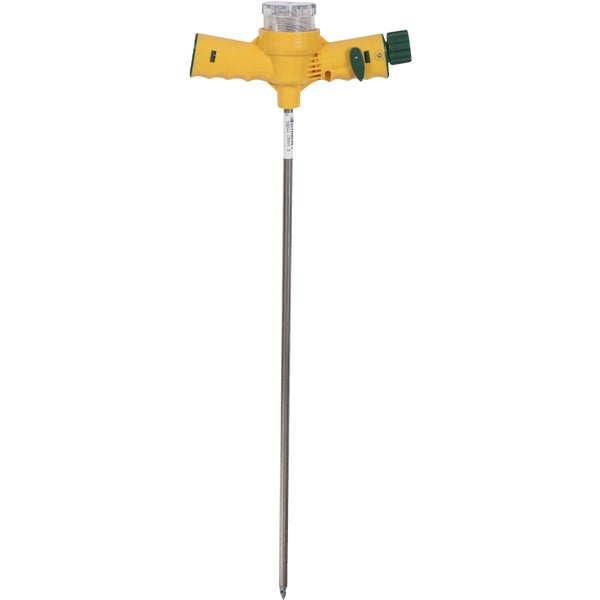
Deep root feeders for trees consist of a spike to insert into the soil 12-18” and using a water soluble fertilizer. There are various brands on the market, each sells their own fertilizer pellets to go in the stake unit. This method is particularly helpful to trees planted in turf grass where the grass would quickly consume a surface application of fertilizer.
